
Photos by Nicky Strahl.

After many years trying I landed my dream job as a wildlife biologist for the Illinois Department of Natural Resources (IDNR). Like many others, I had some hardships before my employment and relied on a variety of food programs to sustain my family. Thanks to the hard work of the IDNR Chronic Wasting Disease (CWD) management team I was able to enhance my family’s meals with meat.
The IDNR’s Division of Wildlife Resources’ CWD Management Team is comprised of certified sharpshooters, which now includes myself, who go into zones where CWD—a disease that is always fatal to deer— concentrations exist, reducing the herd in an effort to reduce the spread and prevalence of the disease. Learn more about CWD at White-tailed Deer Illinois.
IDNR collects approximately 8,000 deer samples annually, which are used to track and maintain the location of the CWD positive zones and manage those herds. These actions have kept the Illinois prevalence rate around 1 percent within those CWD counties.

Deer acquired from the sharpshooting program go to various meat processors that grind and label each individual deer, put the ground meat into tubes, individually box and label the meat according to the tag assigned each deer, and shelve the boxes in freezer storage to await laboratory results. Once the laboratory determines which deer are CWD-positive, those associated boxes are pulled and incinerated. Boxes of deer testing negative are organized for distribution to food banks which then distribute the meat to local pantries and other direct connect programs. The IDNR CWD sharpshooting management program annually provides about 40,000 pounds of venison to programs that end at the table of people who have limited protein sources.
One of my most profound moments as a member of the CWD Management Sharpshooting Team has been knowing I was helping food bank patrons, as my children and I once were. My children and I became regular volunteers for the Faith Acres food program, which provides people with shelf-stable foods and an occasional treat of meat. Faith Acres works with the Northern Illinois Food Bank via their Direct Connect Program and rescues food from stores that is close to the “best by” sell date or where stores have a large supply of discontinued items. Thanks to programs such as these, stores can get a credit for food they do not throw away. My family was among the volunteers who would collect bulk donated food and sort and store it for pick up or delivery. On occasion, usually in the late spring to early summer, the Northern Illinois Food Bank received boxes of venison from the CWD management program.

I have experienced both sides of this coin, as a former food bank patron and now as an IDNR sharpshooter. When confronted by people who don’t know or understand what we do biologically, I can easily explain the need for herd reduction to reduce disease transmission within the deer population, along with how the program then benefits hundreds of families in northern Illinois. My viewpoint from both sides of the coin brings to light not just the biological need for this, but also the social benefits of those who are in need of various programs as well as how other hunters and non-hunters can be guided to assist in a direct and meaningful way.
I am grateful for all the lessons that the CWD management program brought to my little table at home and how I can directly share those lessons with the public. This story is not mine alone; many other people live it daily. While the CWD program is focused on reducing this horrible disease, it also helps provide a greatly appreciated protein source to those in need.
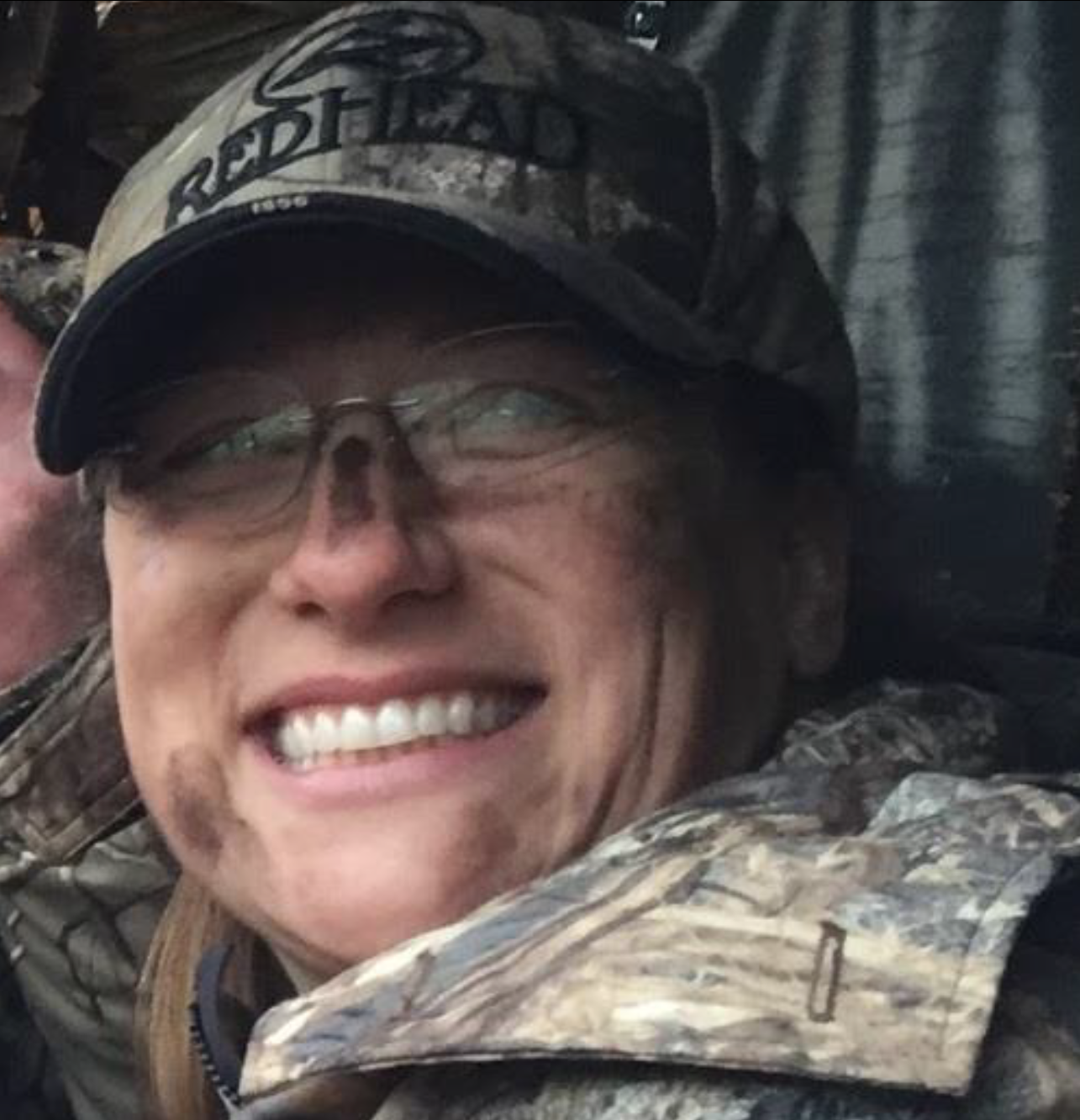
Nicky Strahl is an Illinois Department of Natural Resources, Division of Wildlife Resources Wildlife Biologist for Cook and DuPage counties and Hunter Heritage Biologist for northern Illinois. She is involved in a variety of facets of wildlife management, including preparing public education and outreach materials and presentations to the general public.




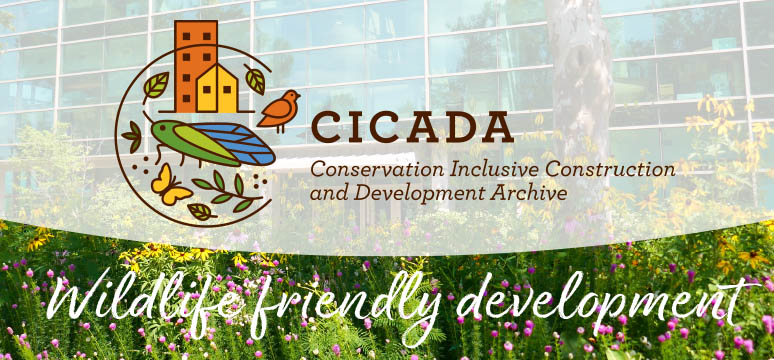
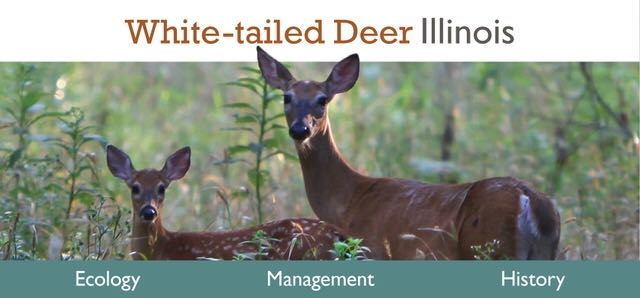
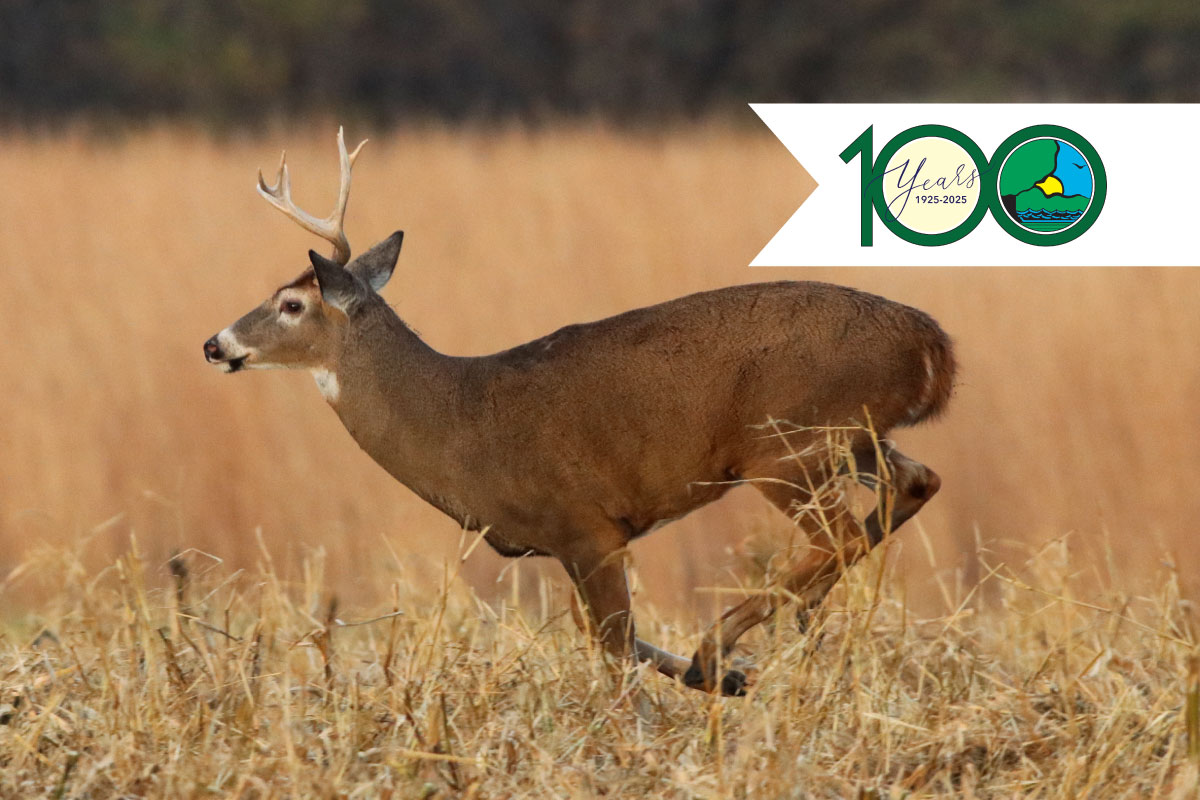
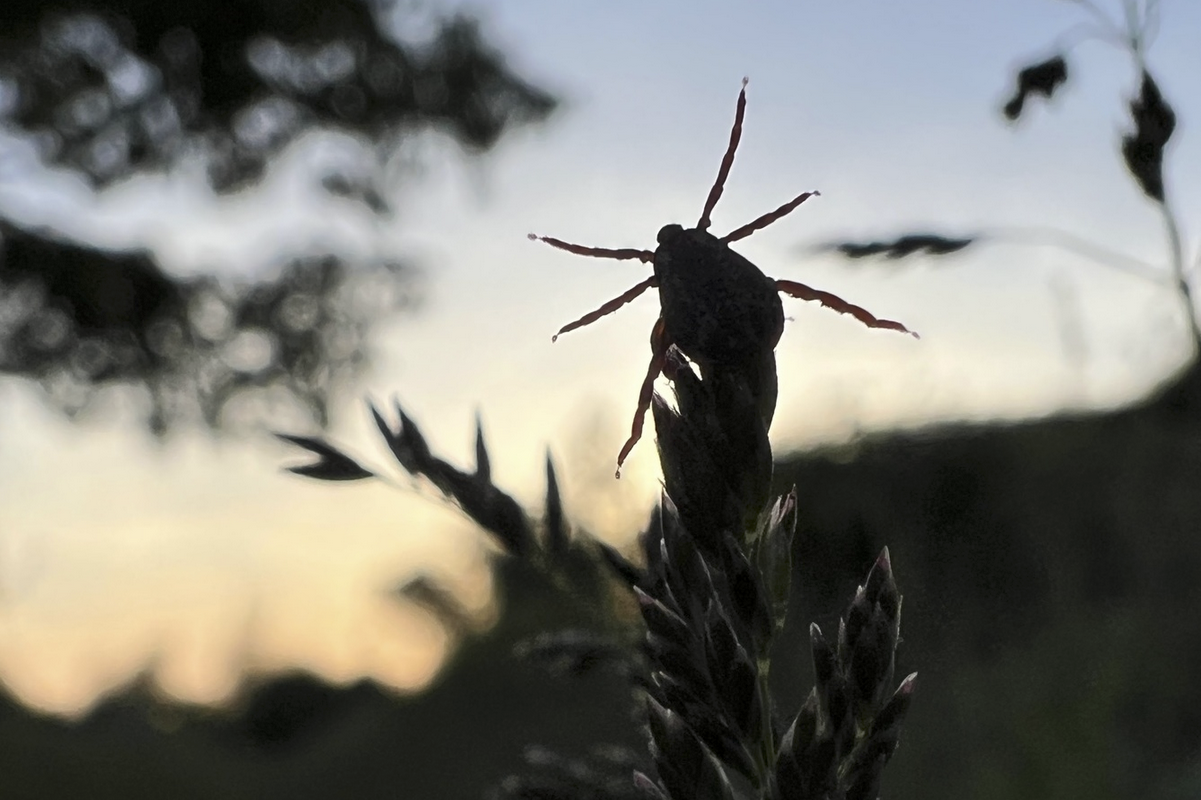
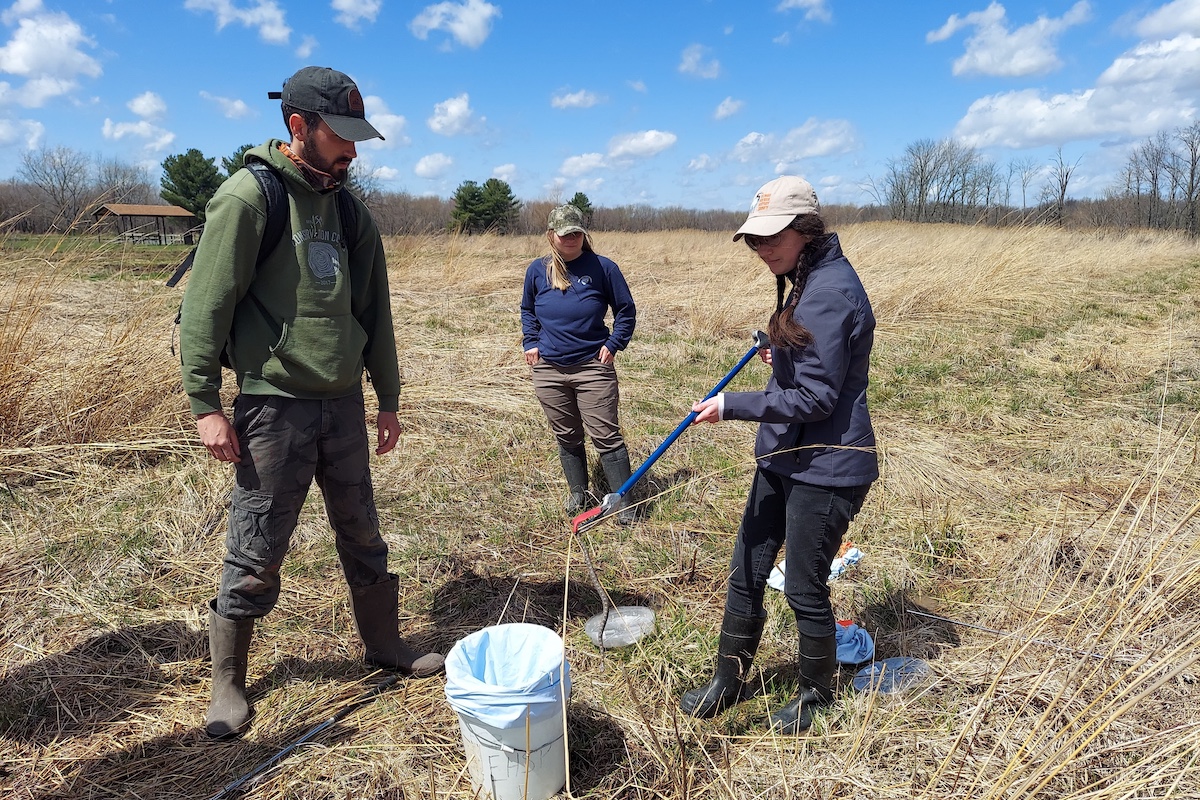
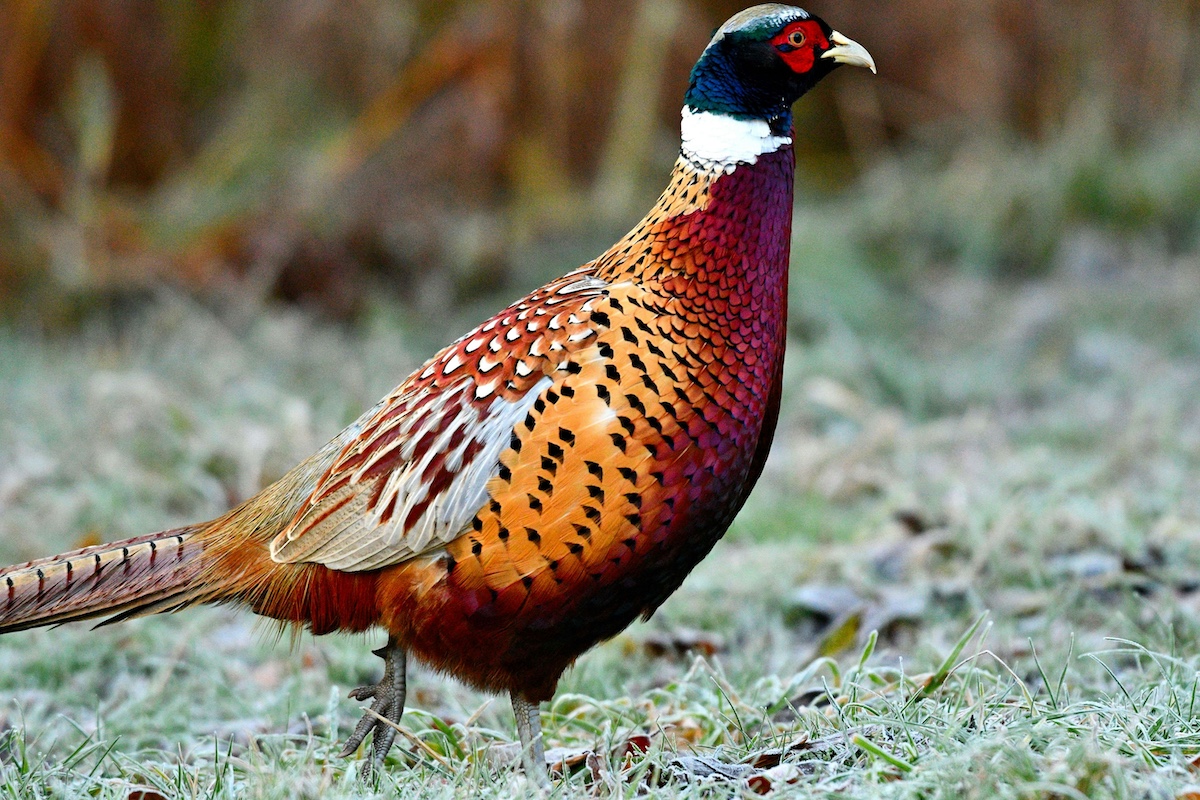
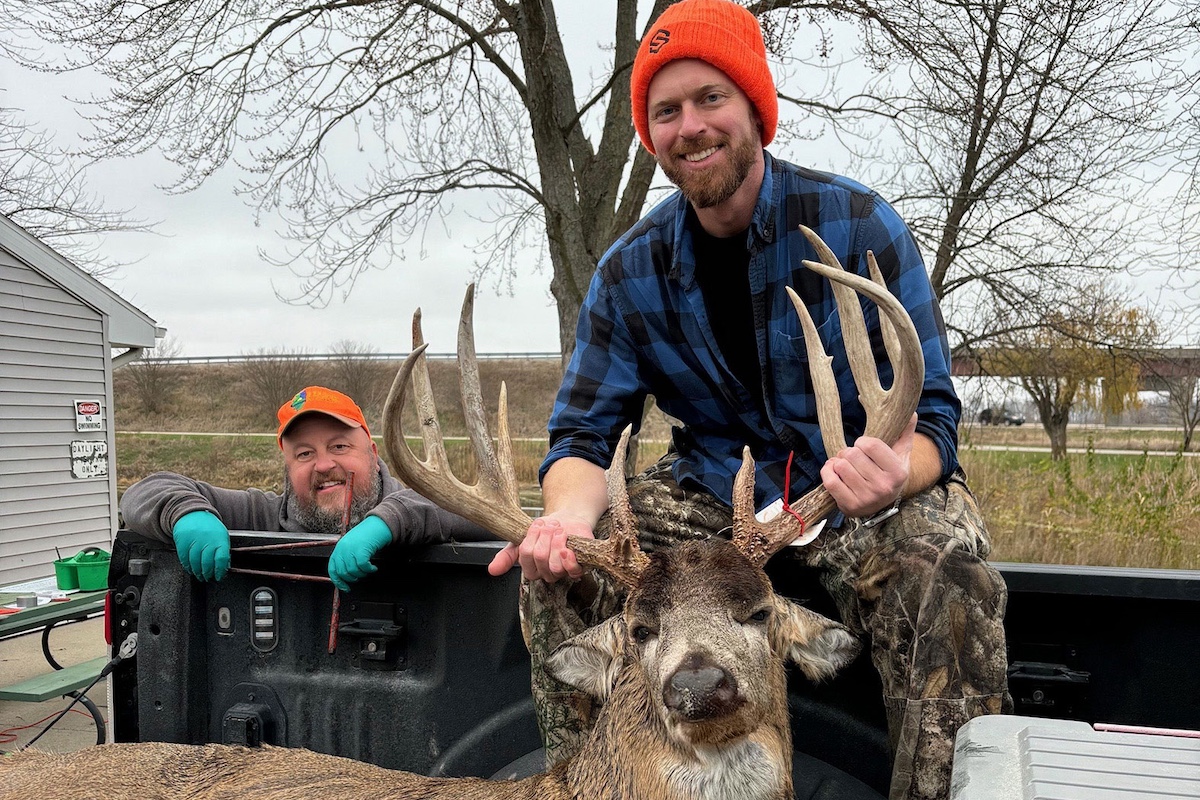
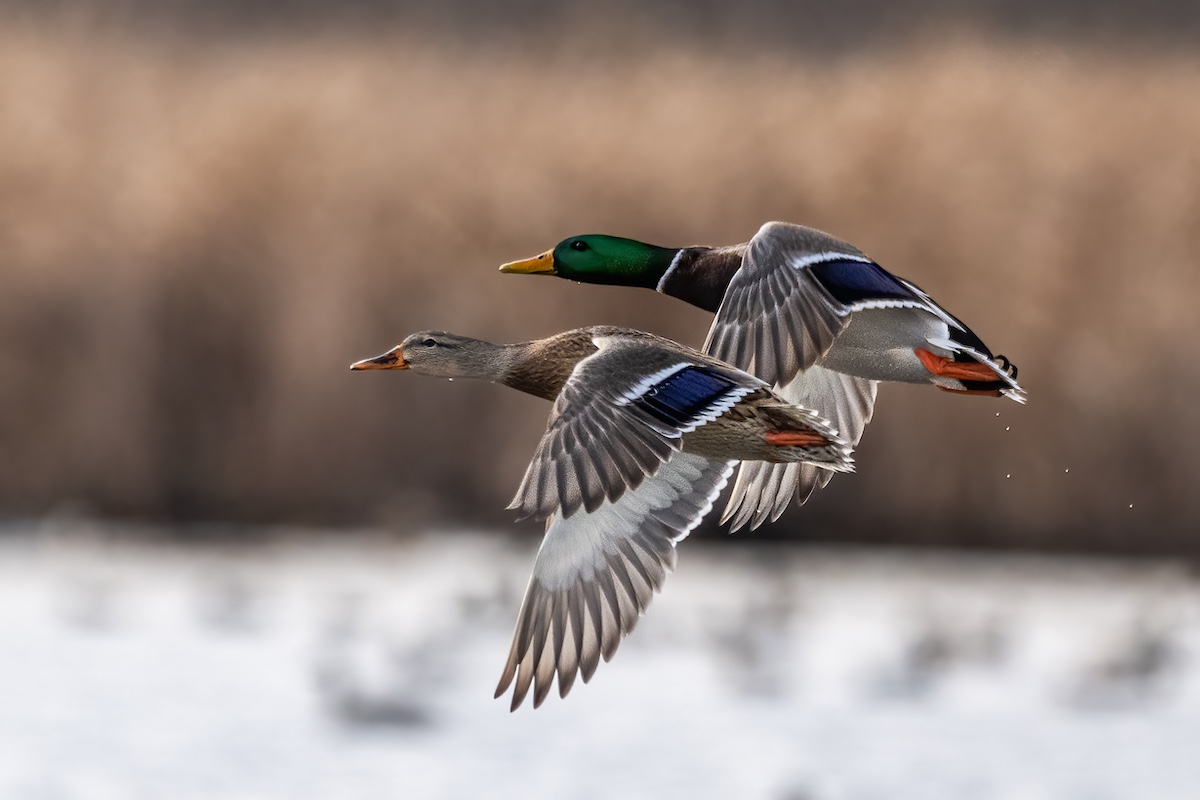

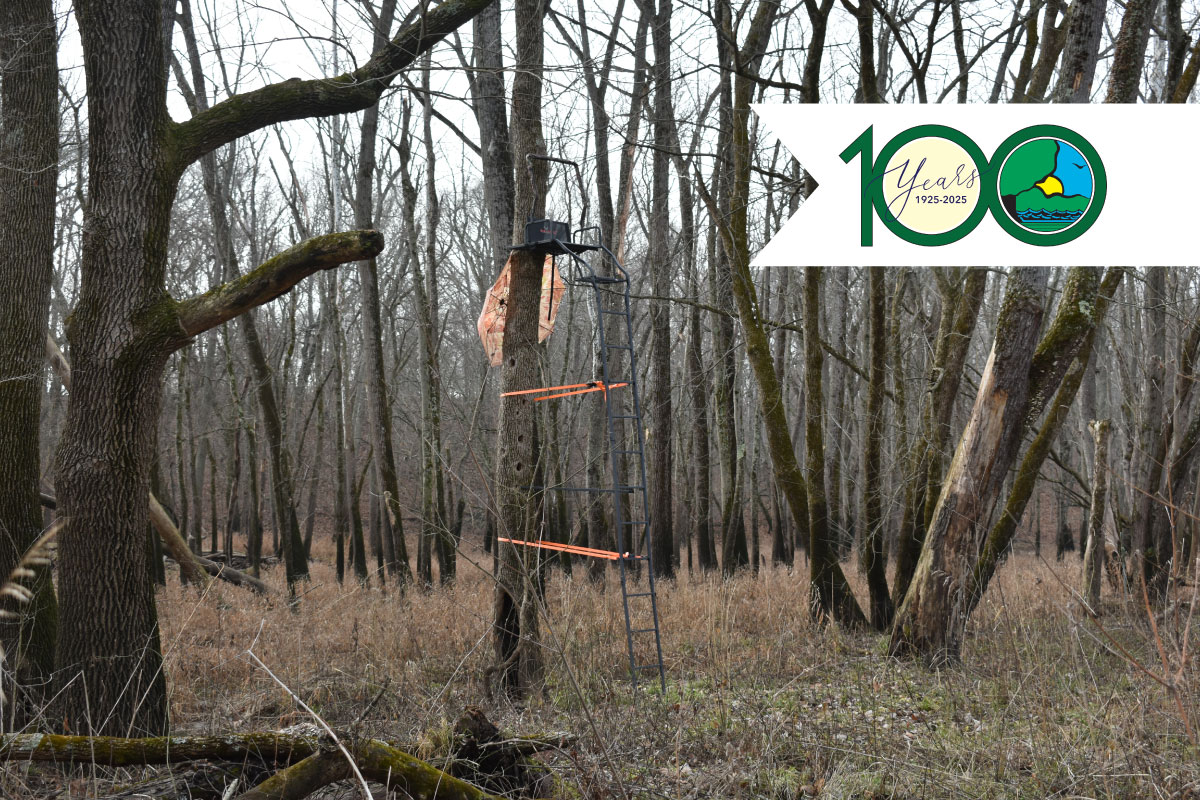
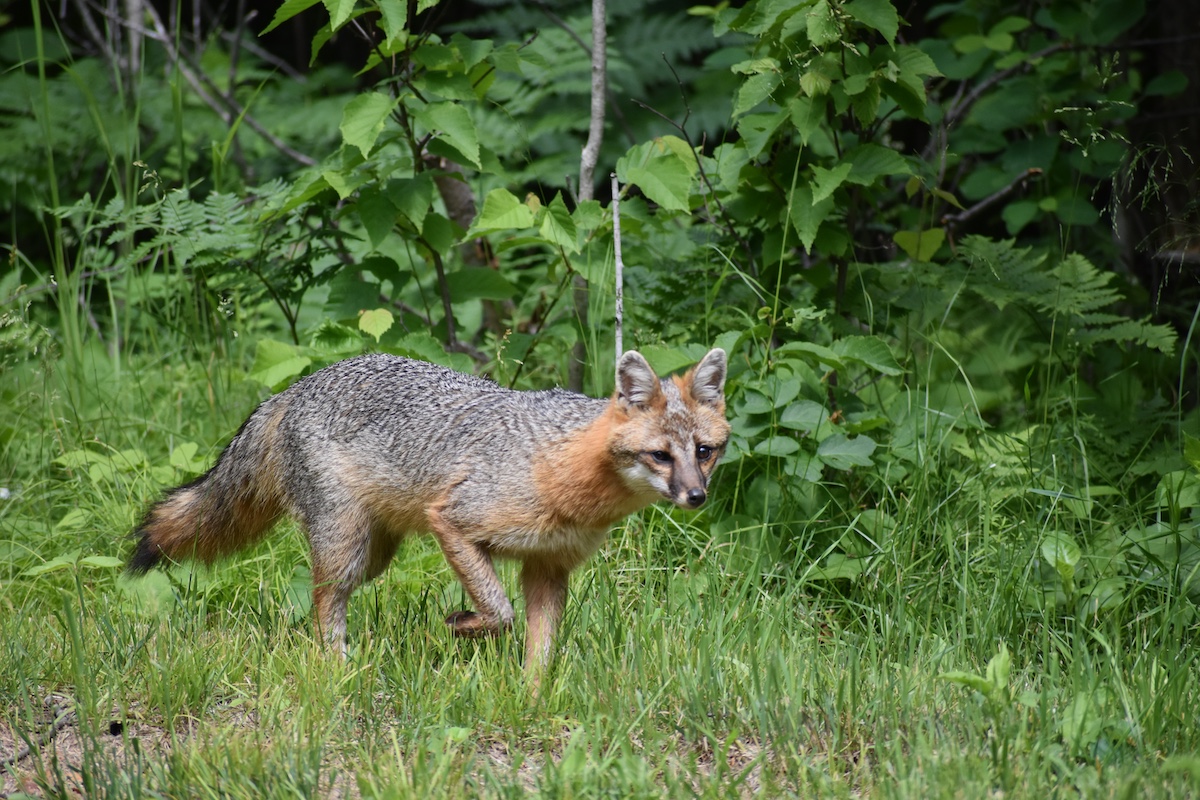
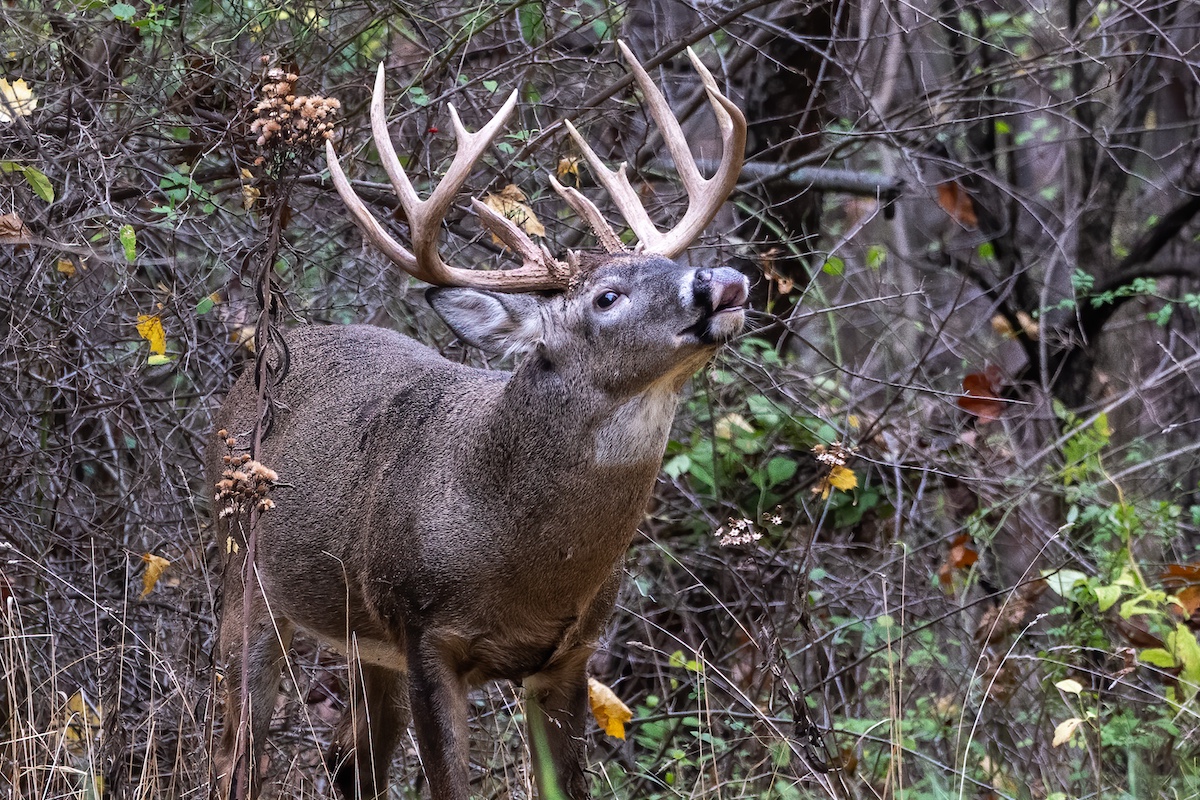
Submit a question for the author